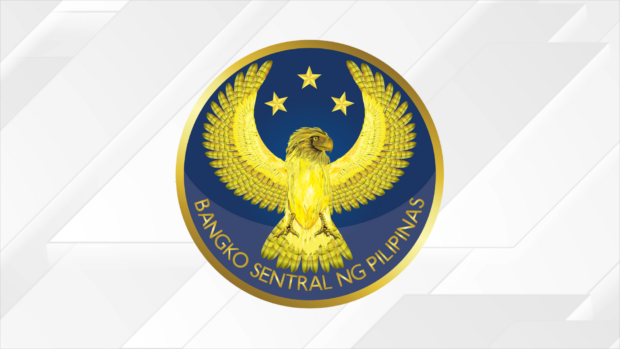MANILA —The net inflow of foreign direct investments (FDIs) to the Philippines fell for the third straight month in October last year as painfully high inflation at home and expectations of a global economic slowdown continued to create unease among investors.
Data released on Wednesday by the Bangko Sentral ng Pilipinas (BSP) showed FDI net inflow amounted to $655 million in October, plummeting 29.6 percent compared with a year ago.
A net inflow happens when more investments entered the country against those that left.
In the first 10 months of 2023, FDI net inflow sagged 17.5 percent year-on-year to $6.5 billion, still short of the BSP’s forecast of $8 billion net inflow for last year.
READ: Net inflow of FDIs to PH hit 3.5-year low in Sept
Unlike the so-called “hot money” that enters and leaves markets with ease, FDIs are firmer capital inflows that generate jobs for people.
That said, the government wants existing FDIs to stay, while attracting new ones.
The central bank said stubbornly high inflation and the prospects of a sluggish global economic growth frayed investor nerves last year.
“The recent decline in levels reflect the adverse impact of persistent inflationary pressures and slowing global growth prospects on investor decisions,” the BSP said.
READ: PH December inflation eases to 3.9%
Dissecting the BSP’s data, the 29.6-percent contraction in FDI net inflow in October was due to the 44-percent slump in equity capital placements, a gauge of new FDIs, to $101 million.
Top sources
Most of the fresh FDIs during the month came from Japan, the US and Singapore. These capital inflows were mostly invested in companies engaged in manufacturing, real estate, and financial and insurance.
From January to October, equity capital placements amounted to $1.49 billion, down 2.8 percent year-on-year.
Meanwhile, FDIs worth $27 billion left the country in October, up 50.9 percent from a year ago. That brought the 10-month withdrawals to $475 billion, more than double the capital that exited the country last year.
READ: Lifting restrictions on foreign investments ‘good for economy’
The bulk of the FDIs in October were in the form of intercompany borrowings between foreign companies and their local affiliates in the Philippines, which fell 26.1 percent to $682 million during the month.
At a press chat on Friday, Aris Dacanay, Asean economist at HSBC Research, said the enactment of Duterte-era laws meant to ease restrictions on foreign investments would increase the Philippines’ appeal to investors.
“These changes will help increase the attractiveness of the Philippines in terms of FDI and for investments to come in. And I am most excited about renewable energy, the energy sector,” Dacanay said.


